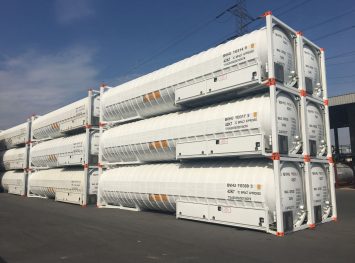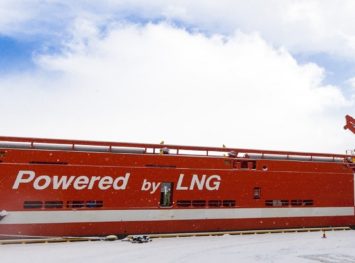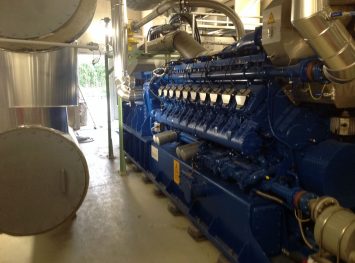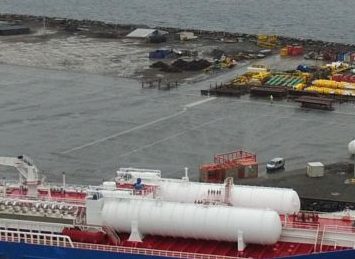LNG Marine Fuel
IMO regulation
- The international maritime organization (IMO) has accepted a convention for the prevention of pollution from ships (MARPOL Annex VI) on May 2005
- MARPOL limited the sulfur content of marine fuels globally to 4,5% and this limit was subsequently lowered to 3,5% as of January 2012
- IMO also defined four so-called Emission Control Areas (ECAs), i.e. the Baltic Sea (as of May 2006), the North Sea (as of November 2007), the coastal waters of the US and Canada (as of August 2011) and US Caribbean (as of January 2013).
- The limit on sulfur content of marine fuels in these Emission Control Areas (ECAs) was initially set at 1,5% and subsequently lowered to 1% July 2010 and 0,1% January 2015.
- As of 2020 IMO plans to reduce the global limit for sulfur content of marine fuels to 0,5%, if sufficient low sulfur marine fuel is available by then (otherwise the introduction will be postponed until 20205)
LNG as marine fuel
- Ship owners and operators have broadly three options to meet the sulfur limits, i.e. 1) continuing use of low cost HFO with after treatment like scrubbers, 2) switching to higher cost low sulfur MGO with minimal need for investments and 3) LNG
- The sharp drop in oil prices end of 2014 and the uncertain economic situation has resulted in many ship owners and operators switching to MGO for the moment
- Retrofitting of the existing fleet to allow LNG operation so far has not proven attractive, instead LNG is a consideration during new build
- Generally speaking the LNG installation is more costly, but the higher upfront investments in the fuel installation and tanks are covered by fuel cost reductions in the range of 10-20% afterwards
LNG bunkering solutions
- LNG bunkering can be performed in three different ways, i.e. 1) truck to ship, 2) from a fixed shore-based LNG installation to ship and 3) ship to ship
- The best bunkering solution differs by harbor, type of vessel and by sailing schedule.
- Ships sailing fixed routes (e.g. ferries) or returning to the same harbor (e.g off shore supply vessels) often are best suited for fixed LNG bunkering installation onshore.
- Ships operating in remote areas with flexible or changing sailing schedules most often are best served by truck
- Ship to ship bunkering is something that only seems economically attractive for in harbors with lots of shipping traffic where ship owners and operators would demand simultaneously loading/unloading and bunkering to limit time loss. This currently is the dominant way of bunkering traditional marine fuels
- Ship to ship bunkering on sea only seems interesting for large ocean going vessels in very specific circumstances (e.. of the coast of Gibraltar)
“”
Broadview Energy Solutions B.V.
LNG distribution strategy
Broadview aims to expand and strengthen its current position in the small scale LNG (distribution) market through organic growth of the existing portfolio companies as well as through new acquisitions and investments.
Small scale LNG portfolio
Within the LNG market, Broadview is active through its participations in Aritas Cryogenics, Barents Naturgass, Cryogenic Container Solutions and DMT Environmental Technology. Key markets for distributed LNG are off-grid industry, remote power generation and marine fuel. Distribution is done by LNG trailers as well as by 40ft ISO containers.
Why choose us
- LNG distributor in Europe by road
- Experience in industry, transport and marine
- One-stop-shop including engineering, commodity and transport
- European coverage with supplies
- Solid group also offering financing solutions




